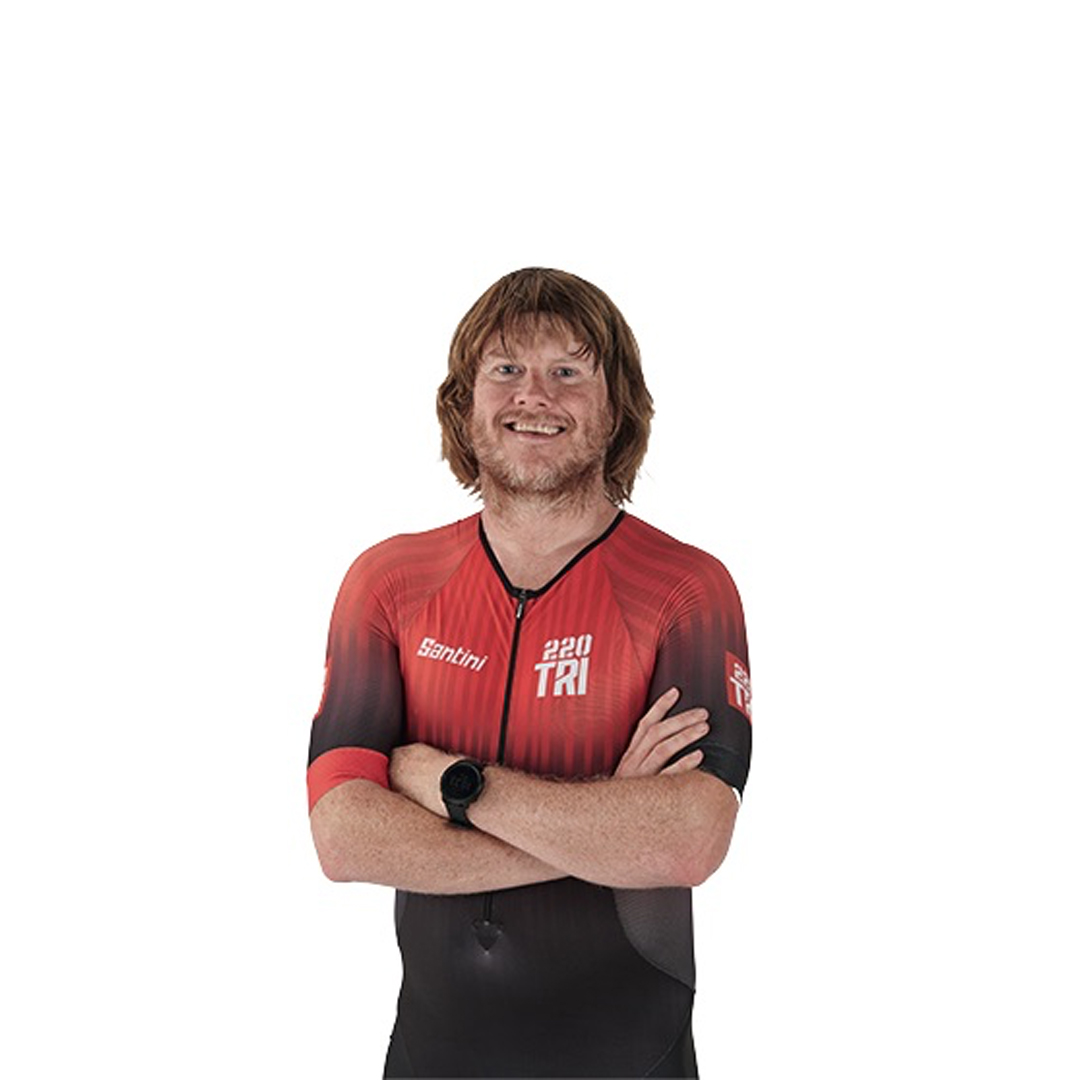Last year, EF Pro Cycling sacked Italian rider Andrea Piccolo after he was stopped by authorities on suspicion of transporting human growth hormone (HGH) from Colombia while trying to enter his home country.
“I brought four medications from Colombia that I don’t want to name,” he reportedly wrote to team boss Jonathan Vaughters.
“I want to take responsibility for this.”
Why would one of Italy’s up-and-coming road stars put his career on the line for HGH?
Physiological boost

“HGH is involved in growth and development in children,” says Dr Richard Godfrey, senior lecturer in coaching at Brunel University of London and an expert on HGH.
“As adults, it mediates growth of many tissues,” adds Godfrey.
“In terms of exercise, it has an indirect effect on muscle strength and a direct effect on the strength of ligaments and tendons.”
That’s not all. “HGH also has a regulatory effect on substrate use; in other words, the use of fat and carbohydrate as fuels. Exercise is a ‘stress’ like any other and induces secretion of the stress hormone cortisol. HGH facilitates increased lipid metabolism in the presence of cortisol.”
That means burning fat – never a bad thing.
“HGH also stimulates the release of the hormone IGF-1 [insulin-like growth factor 1] from the liver. Along with the AKT-mTOR metabolic pathway, this gives rise to what is known as the ‘Somatomedin Hypothesis’, which is the main theory of muscle hypertrophy (growth) in response to training.”
Optimise its stimulation
Crank up your HGH levels and it’s clear you’ll enjoy numerous physiological adaptations conducive to faster cycling.
But how? You first need to understand its ebb and flow.
HGH is made in the brain’s pituitary gland and secreted into the bloodstream.
This happens around six to 12 times per day, with the largest ‘pulse’ observed around an hour after the onset of nighttime sleep.
That nighttime peaking highlights how sleep is a powerful stimulus to initiate HGH secretion, meaning that to harness yours requires a consistent sleep routine.
This is individual, but, broadly, hitting your bed at the same time each night, after not drinking caffeine all afternoon and not overloading the mind with information (so no swiping on your phone beneath the covers) are good sleep starters.
Exercise is another potent stimulus. “A single hard effort stimulates the highest HGH concentration,” says Godfrey.
“However, that’s not ideal for cyclists, because although blood levels of HGH are very high, the effort isn’t long enough to reap the benefits.”
“Exercise that keeps heart rate high (above 80% of maximum heart rate) for more than 10 minutes is best to ensure a sustained release of HGH (one that, after exercise, takes 60 to 90 minutes to return to resting levels),” adds Godfrey.
“I’d recommend a ride that includes multiple sprints to ensure heart rate remains elevated for more than 10 minutes. For instance, alternating a one-minute sprint with one-minute easy 10 times in a session would be a productive protocol.”
This exercise-induced growth-hormone response, or EIGR, is seemingly triggered during harder efforts, which is why strength training work in the gym is also a strong catalyst for secreting HGH.
Why isn’t 100% known, but the primary candidates include lactate levels, neural arousal and increase in concentrations of nitric oxide.
Nutritional recommendations

You now know how and why to optimise HGH levels for improved cycling performance.
But what shouldn’t you do? What should you avoid in your quest for a legal high?
“Diet impacts HGH secretion,” says Godfrey. “A high-carbohydrate diet suppresses secretion, while a higher [good] fat and protein diet potentiates it.”
This blunting through over-reliance on carbohydrate is an athlete's balancing act, because slow and fast-releasing sugars are a cyclist’s nectar.
The best advice is to consume lower-glycaemic carbohydrate foods, such as rice and potatoes, after riding.
Knocking back rapid-delivery sugary hits, such as energy gels, will stimulate insulin secretion, which contributes to HGH reduction.
Also, keep on sipping water or electrolyte drinks, because dehydration is another dent on how your HGH levels respond to exercise.
Look into arginine intake, too. Daily consumption of 15mg to 20mg of this amino acid has been shown to crank up nighttime HGH production by nearly 60%.
It can be found in red meat, nuts, chicken, brown rice, soya beans and seeds.
“HGH is affected by fatigue, too. If you keep training when insufficiently recovered, overtraining can become a problem,” adds Godfrey.
A well-structured programme or using a fitness coach can help here.
All of this is within your control, but this next factor isn’t. “HGH naturally decreases with age,” says Godfrey. “This is for both women and men.”
While this is a shrinking battle, there’s evidence that a consistent programme of strength work can, if not stop the drop, at least soften the fall.
And if all that fails, should you follow Lance Armstrong and co and tap into HGH from the lab? Well, beyond the illegality of taking HGH for performance reasons, you may not enjoy the riding boost you were anticipating.
A team of US researchers conducted a review of 44 studies of growth hormone in athletes.
Some 303 volunteers received HGH injections, while 137 received a placebo.
After having daily injections for an average of 20 days, the subjects who received HGH increased their lean body mass by an average of 4.6lb.
That’s a big gain, but it didn’t translate into improved performance. In fact, HGH didn’t generate measurable increases in either strength or exercise capacity.
The study also found they were more likely to retain fluid – not great when cycling up a tough mountain – and to experience fatigue than the placebo crew.
Keep to what’s legal and optimise your HGH levels by having a sound sleep, fuelling and riding programme.





